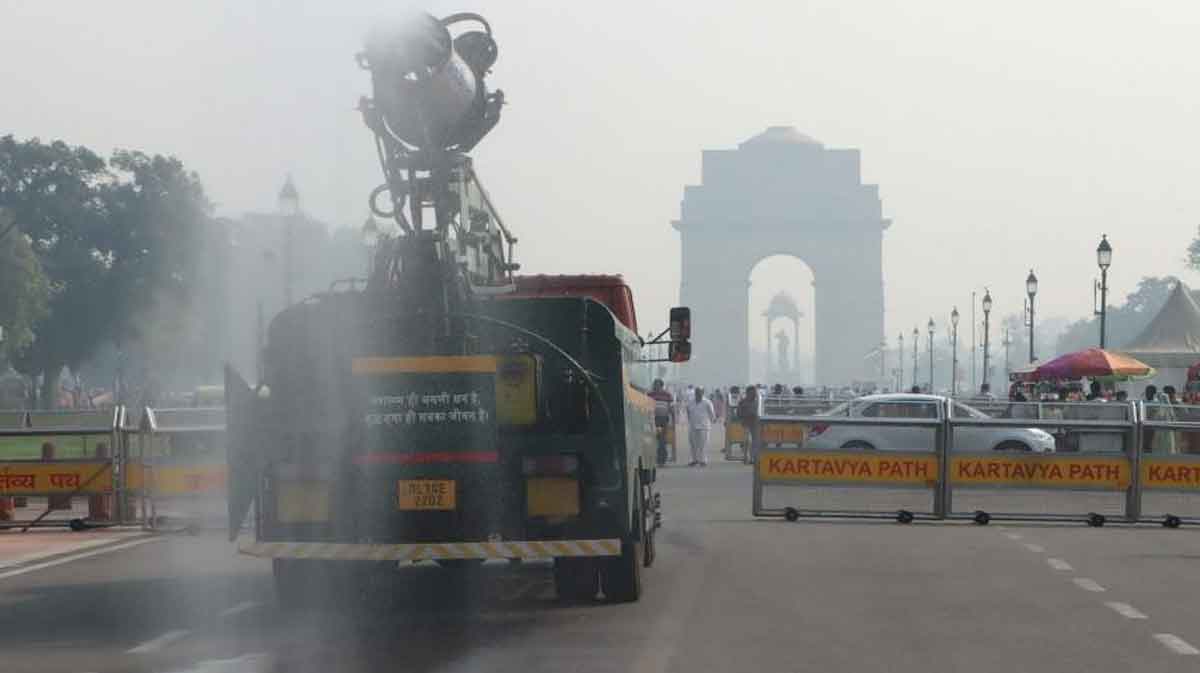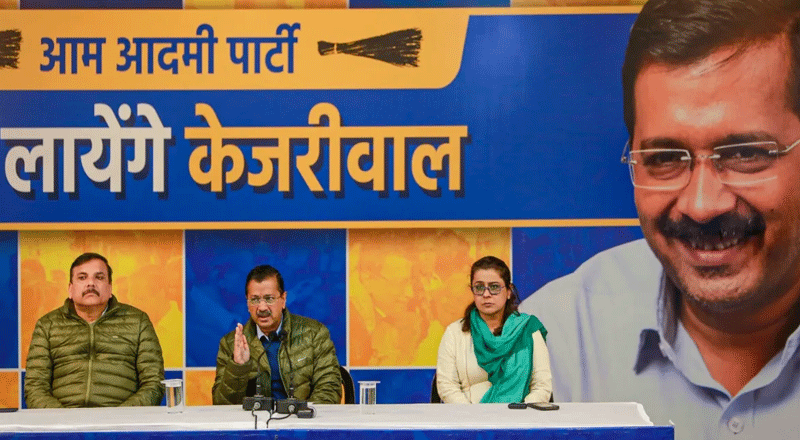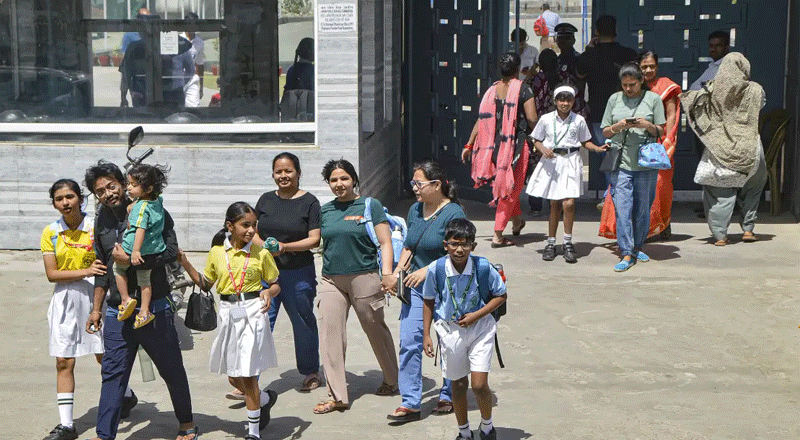As winter sets in, air pollution has reached alarming levels in South Asia, with Delhi and Lahore suffering some of the worst air quality globally. On Tuesday, Delhi’s air was blanketed by smog, pushing the Air Quality Index (AQI) past 400 in many areas, signifying severe pollution. Lahore, meanwhile, recently claimed the title of the world’s most polluted city, with Pakistan attributing its escalating smog crisis in part to cross-border pollution from India. The ongoing pollution emergency has intensified diplomatic tensions, with both cities scrambling to manage the health impacts and pointing to systemic causes that worsen every year.
Delhi’s Struggle with Hazardous Air Quality
In Delhi, the AQI crossed into the “severe” category this week, with several areas recording AQIs above 400—a level deemed hazardous to human health. According to the Central Pollution Control Board, neighborhoods like Dwarka, Anand Vihar, and Jahangirpuri reported particularly high readings. For context, an AQI between zero and 50 is considered “good,” while anything above 400 is categorized as “severe.”
Delhi’s AQI readings in key areas on Tuesday were as follows: Anand Vihar: 453, Ashok Vihar: 418, Dwarka Sector 8: 407, Vivek Vihar: 421, Jahangirpuri: 440.
To combat the worsening air, Delhi authorities have launched intensive measures under the Graded Response Action Plan (GRAP), including the closure of 56 construction sites, fines on hundreds of non-compliant businesses, and inspections of over 1,400 industrial units. Mechanized road sweepers, anti-smog guns, and water sprinklers have been deployed across the National Capital Region (NCR) to limit road dust, a major contributor to particulate matter in the air.
The Impact of GRAP Measures
Implemented on October 15, the GRAP is a seasonal emergency response designed to mitigate winter air pollution across Delhi-NCR. Stage I and Stage II of the plan are now active, with a monitoring control room coordinating actions and updates among NCR states. Daily inspections have targeted illegal waste dumping and unauthorized diesel generators, two significant sources of pollutants. Additionally, a dedicated WhatsApp group facilitates rapid communication among officials to ensure compliance with GRAP measures.
Lahore: The World’s Most Polluted City
While Delhi grapples with its pollution, Lahore recently topped the global list of most polluted cities, according to IQAir and local Pakistani authorities. Lahore’s AQI hit an unprecedented 1,900 in some border areas, putting the city into the “severe plus” category. Air pollution in Lahore has severe health consequences: studies by the University of Chicago’s Energy Policy Institute estimate that the toxic air could reduce life expectancy by 7.5 years for residents.
To combat this crisis, Pakistani authorities have imposed a “green lockdown” in Lahore, closing primary schools, advising residents to remain indoors, and encouraging work-from-home arrangements for 50% of office employees. Hospitals have also set up smog counters to assist those suffering from pollution-related health problems, and the government is actively encouraging residents to wear masks outdoors.
Pakistan’s Accusations Against India
Pakistan has pointed to India as a significant factor in its air quality problems. According to Pakistani officials, easterly winds from northern India, particularly Punjab, carry pollutants into Pakistan. Azma Bokhari, Punjab’s Information Minister, claimed that stubble burning in India, combined with industrial emissions, is exacerbating Lahore’s smog crisis. Pakistan’s Punjab Minister Marriyum Aurangzeb recently announced plans to raise this issue diplomatically, stating that her government would formally address the problem of cross-border pollution with Indian authorities.
Pakistan’s stance echoes a series of similar accusations over recent years, as Lahore’s smog has worsened each winter. In 2019, then-Minister of State for Climate Change, Zartaj Gul Wazir, labeled the pollution from India as a form of “unconventional warfare.”
Shared Responsibility or Diplomatic Tension?
While the issue of cross-border pollution has fueled diplomatic friction, air quality experts note that both countries contribute to the regional smog problem. In northern India and Pakistan, crop burning is a common agricultural practice in late autumn, and both nations rely heavily on coal-based energy production. The resulting pollutants combine with urban emissions from factories, construction, and vehicles to create an intense smog, which is then trapped by seasonal weather patterns.
The AQI levels in Lahore and Delhi are reflective of a larger, systemic issue. The World Health Organization (WHO) has consistently warned about the impact of pollution in South Asia, with UNICEF estimating that 600 million children in the region are exposed to dangerous air pollution levels. These conditions are not confined by borders; rather, they call for coordinated action to protect public health across the region.
The Need for Regional Collaboration on Air Quality
Air pollution in South Asia is a transboundary issue, affecting millions across India, Pakistan, Bangladesh, and Nepal. Experts argue that diplomatic accusations only serve to delay meaningful action. Shared protocols, collaborative policies on stubble burning, and the adoption of renewable energy sources would be more effective in addressing the smog crisis than finger-pointing.
If India and Pakistan could engage in joint air quality monitoring and data sharing, they could tackle pollution sources at their origins. For instance, both countries could consider restrictions on crop burning and increased support for cleaner farming methods. Furthermore, better transportation policies and enhanced fuel standards could substantially cut urban emissions.
As Delhi and Lahore continue to experience some of the worst air pollution levels globally, the health of millions hangs in the balance. While both cities have implemented emergency measures to curb the immediate crisis, a long-term, cooperative approach is essential to protect public health and address the systemic causes of pollution in the region. The challenge of air quality knows no borders, and without regional collaboration, the annual smog crisis will only deepen, further endangering lives across South Asia.
For now, the residents of Delhi and Lahore must brace for a prolonged period of hazardous air, hoping that the diplomatic and environmental stakes will finally compel South Asian leaders to act together for a cleaner future.
(With inputs from agencies)





